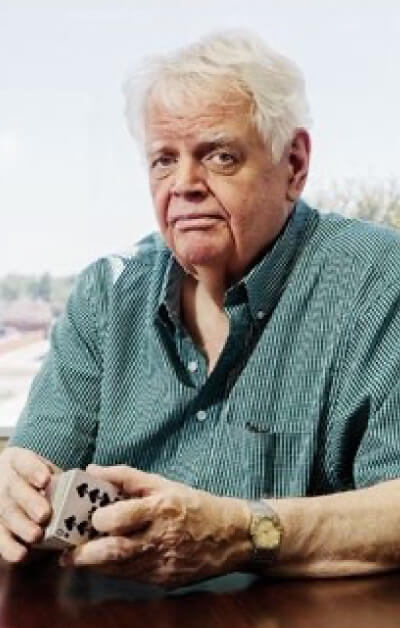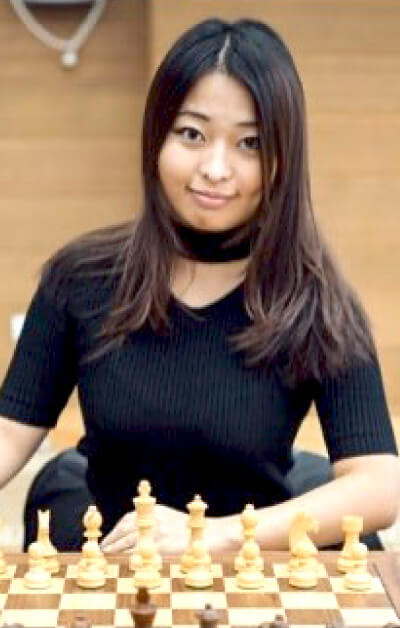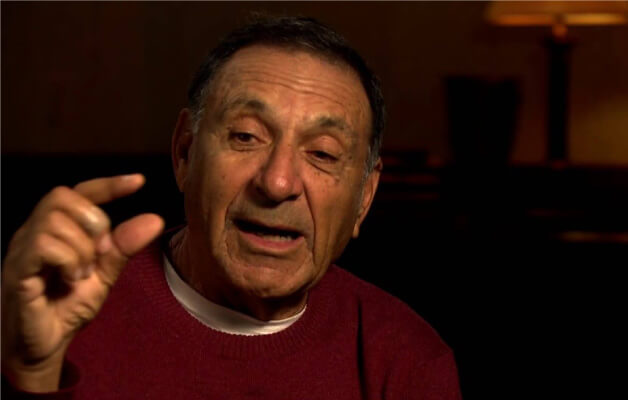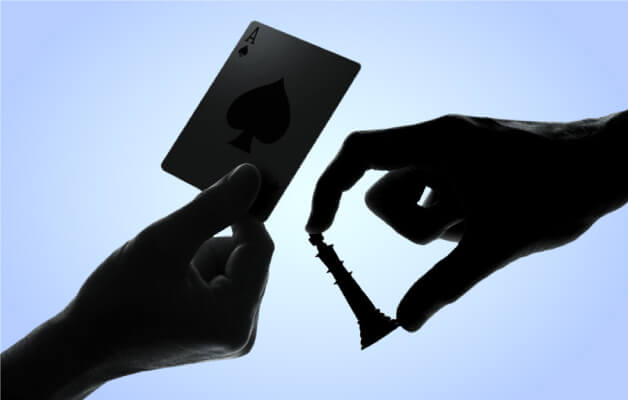
Chess and bridge – Legends of the mind

Chess and Bridge are two of the leading Mind Sports and leading exponents of one can be proficient in the other. We set out to discover if we could establish a link between the two by talking to the man who tops the World Bridge Federations All Time Open Ranking List, Bob Hamman and the Women’s World Chess Champion, Ju Wenjun.
Bob Hamman, who are you?

He grew up in Southern California. At an early age he started playing chess and various card games. Before getting involved in Bridge, he played chess at a high level. In1957 he and 3 fellow students at UCLA won the Southern California Open Team Chess Championship.
Soon after, he was introduced to contract Bridge and immediately got hooked. He won his first major National Bridge championship in 1962.In 1969 he moved to Dallas and accepted the invitation of Ira Corn to join the Dallas Aces, the American squad that dominated the global Bridge scene and was financially supported by Corn.
Hamman’s Law is one of Bob’s popular contributions to Bridge. The adage says, “If you have a bidding decision to make, bid 3NT if it’s a plausible choice.”
He is married to Petra Hamman, herself a Women’s World Champion Bridge player.
In 1986, Bob started SCA Promotions, his own prize promotion company. The business began with a five-person o!ce. Today, SCA has 100 employees, $35 million in sales, and offices in Calgary, London and Dallas. Bob says he doesn’t know why some ventures succeed and some fail. Still, it doesn’t hurt to love your work, or to be smart and work hard.
Ju Wenjun, who are you?
The reigning Women’s World Chess Champion was born in Shanghai and became a full-time professional in 2004. InMarch 2017 she became the fifth woman to cross the 2600 point rating barrier and she is the 31st to hold the Grandmaster title.
In May 2018, she won the women’s world championship defeating Tan Zhongyi in a match, and in November 2018, she retained the title by winning the women’s World Championship knock out tournament. In January 2020, she defended her title in a thrilling match against Aleksandra Goryachkina, finally winning a four-game tie-break after the scores were tied at 6-6.

Getting ready to compete in a major event is of paramount importance. Bob observes that bridge is a partnership game and all partnerships start with a single event. He has always been mindful that in a game of errors the emphasis has to be on the best result possible rather than the best possible result. A partnership starts with establishing agreements on common situations and expanding where appropriate. Bob has sat opposite some of the greatest players, of the original 10 ACBL life masters he played with or against 9 of them.
The partnerships he describes as being of significant duration were with Ralph Clark, Don Krauss, Lew Mathe, Eddie Kantar, Mike Lawrence, Billy Eisenberg, Bobby Wolff Paul Soloway, Zia Mahmood, Justin Lall, Roger Lee, Sam Lev, David Berkowitz, Bart Bramley and Peter Weichsel.

He observes that System notes covering agreements for situations that seldom occur litter many disk drives on discarded computers – there are 46 relating to Paul Soloway, 47 with Peter Weichsel and 52 with Zia Mahmood. He also fitted in some successful starts with Hemant Lall, Eric Rodwell, Michael Rosenberg, Chip Martel, Mark Lair, John Sutherlin, Ron Von Der Porten, Chris Compton, Vince Demuy, Nick Nickell, Paul Swanson, Petra Hamman, and Kerri Sanborn.
Bob notes that he has also lost many an event with many partners. So, how does he prepare? Agree on methods, bid some hands, play practice matches if possible, start up rested and finally remember that once play starts, discussion of hands for any purpose other than clarification on agreements is a time-tested method of losing. He recalls receiving a great birthday card. It read, “Forget about the past, you can’t change it”. Forget about the present, I didn’t get you one”.

Chess players only face one opponent, but world champions have a team who help them to prepare for a game. In general, Ju checks he opponent’s recent games and prepares something in the opening, usually relating to the first few moves. She emphasizes the importance of doing this, so that you can understand your opponent’s playing style.
Surprisingly bridge players don’t appear to spend much of their time checking how their opponents play although you can learn a lot by studying the records of matches on BBO. The World’s leading Coach, Eric Kokish makes a point of analyzing potential opponents playing styles before every major event.
The Spirit of Competition
Bob says he has no recollection of being competitive before the age of seven, other than ‘the goal is to beat the bastards’. On the other hand, Ju says she has always been competitive, and is constantly searching for ways to improve and build up advantages that will help her to win games.
Chess, bridge, or both?
When we ask if a champion in one of these two mind sports can become a champion in the other Bob observes that it might be possible to migrate from Chess to Bridge, but only if you make the move when young. Past 30 it is probably a lost cause. He has not seen any example where a championship bridge player has tried to migrate to chess. Ju thinks it would be very difficult because of the differences – her estimate being that it would take a lot of hard work and at least a decade.

When we discussed the possibility of attempting to play both games at the same time at a high level Bob said that he had for a while, but the trajectories were in opposite directions…
You need a Funbridge Premium+ subscription to keep reading.
To read the rest of the article, you must be subscribed to the Premium+ offer.



